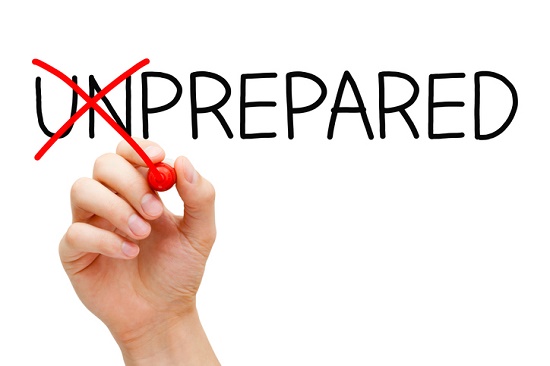
If someone tells you there are successful “out-of-the-box” hearing aid stories, they’re probably just selling you something. The truth about hearing aids is that getting ones that work for you is an extensive process. From the initial testing phase through investigating various models, prices and fittings, be sure you’re working with a competent and trusted hearing care professional from the beginning.
Follow these steps to set yourself up for the best hearing aid experience:
Before your first hearing appointment
During your hearing test, your hearing care professional will evaluate your hearing in-depth, look through the results, and help you decide if hearing aids are right for you. Before your testing appointment, come up with a list of questions to ask your hearing care professional.
Here’s a few questions to get you started:
- What level of hearing loss do I have: mild, moderate, severe, or profound?
- Can hearing aids help? Do I need them in both ears?
- Which hearing aid is best for my needs? How can I balance features with cost?
- What are my financing options for hearing aids? (Private insurance, credit arrangements, state programs, etc.)
At your hearing test
If the results of your hearing test come back negative (no hearing loss), you won’t need hearing aids now; you can just use these results as a touchstone for any future hearing tests.
If the results come back positive for hearing loss, hearing aids might be what you need. Your hearing care professional will review all of the possible options with you.
When going through the hearing aid selection process, leave no stone unturned when examining all of your options. For example, you’ll need to find out about all of these aspects:
- Programmability – most hearing aids are digital and programmable so that they can be programmed to address the specific needs of your hearing loss. You simply cannot skip this essential step; if someone attempts to sell you hearing aids directly out of the box without any adjustments, they’re not going to give you the best results.
- Style – There are many different styles and models of hearing aids today, from models that sit behind the ear to models that fit entirely inside the ear canal. You’ll want to balance price, ease-of-use, functionality, and aesthetics in making your decision.
- Wireless connectivity – several hearing aid models connect wirelessly to compatible smartphones. With these features, you can discreetly adjust volume and settings, send phone calls directly to your hearing aids, and even stream music all without any wires a separate hearing aid remote control.
- Advanced features – some hearing aids come equipped with additional advanced features, like directional microphones to enhance speech, background noise reduction, environmental settings, and telecoils for clearer phone calls. Discuss and consider what features you need and what you might be able to forgo to stay within your budget.
This may all seem confusing, but your hearing care professional is trained to help guide you through the decision-making process. Of course, if someone tries to push you to a decision without addressing your questions, get a second opinion.
At home with new hearing aids
After selecting your new hearing aids and having them programmed by your hearing care professional, you can take them home. But your journey is just beginning, so don’t forget the following two important things:
First, you won’t fall in love with your hearing aids as soon as you put them in for the first time. You’ll likely be hearing sounds you haven’t heard in a while, and the overall sound will just seem “off.” This is perfectly normal and, after a few weeks, will subside.
We recommend starting small at home. Try watching a movie and paying particular attention to the dialogue, engage in one-on-one conversations in a quiet room, and try listening to music and picking out or following certain instruments.
Although it will probably be uncomfortable at first, try to wear your hearing aids for as much of the day as possible, putting them in when you wake up and taking them out before bed. This will speed up the adjustment process, and after a few weeks, you’ll be glad you put in the effort.
Also remember that your hearing aids can be adjusted, so if you continue to have difficulty hearing or adapting to the new sound, schedule a follow-up visit with your hearing care professional to fine-tune the settings.
Second, to ensure continued performance, you’ll need to properly maintain and care for your new hearing aids. This means daily cleaning, proper storage, and managing your battery supply.
You can make these tasks easier on yourself with the right tools and habits. Hearing aid cleaning kits, storage cases/sanitizers, and batteries can all be supplied, with tips, from your hearing care professional.
After a short period of adjustment, you’ll be prepared to enjoy the all the benefits of better hearing. If you have any other questions about hearing aids, or the process of acquiring them, give us a call!